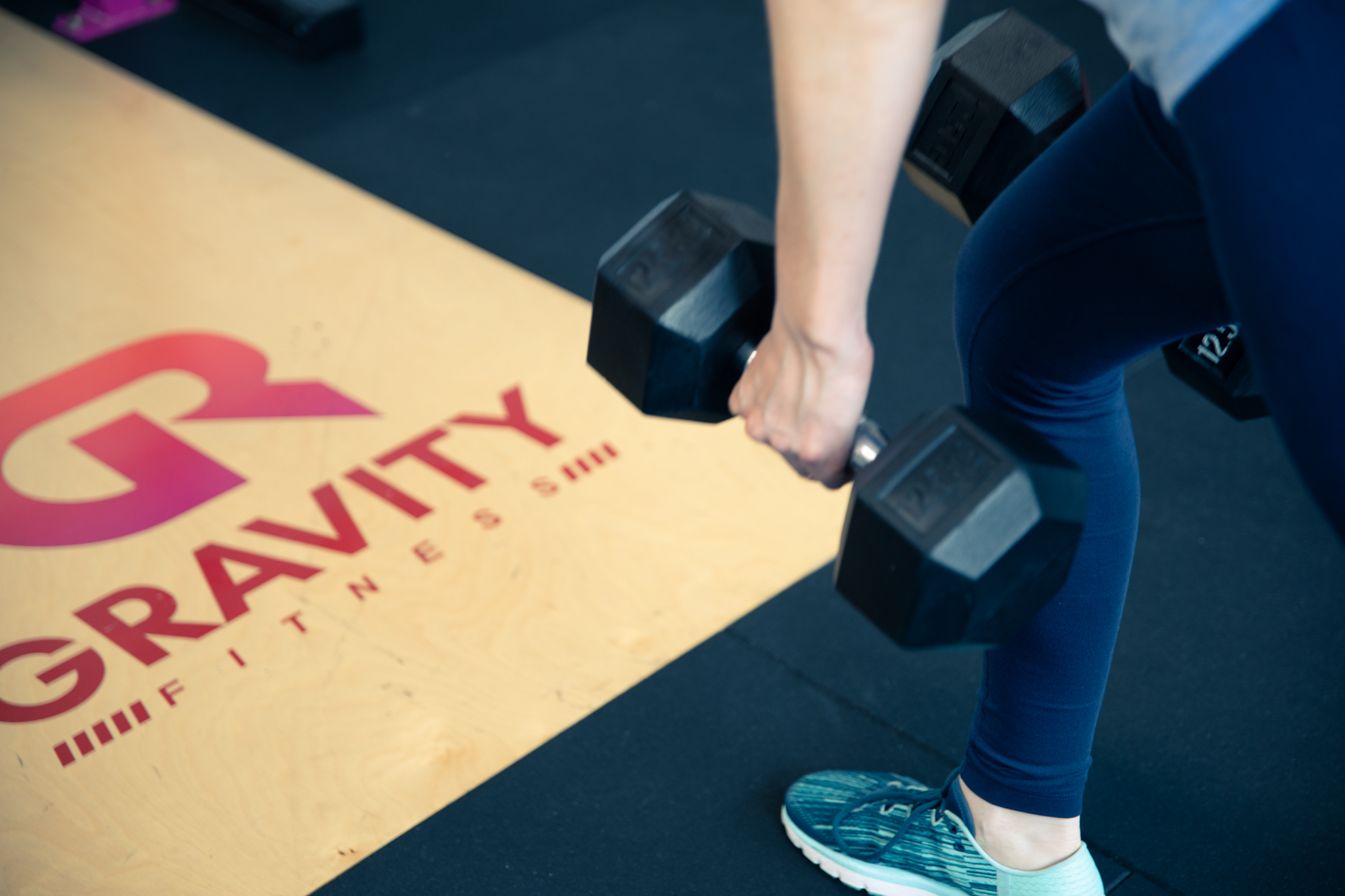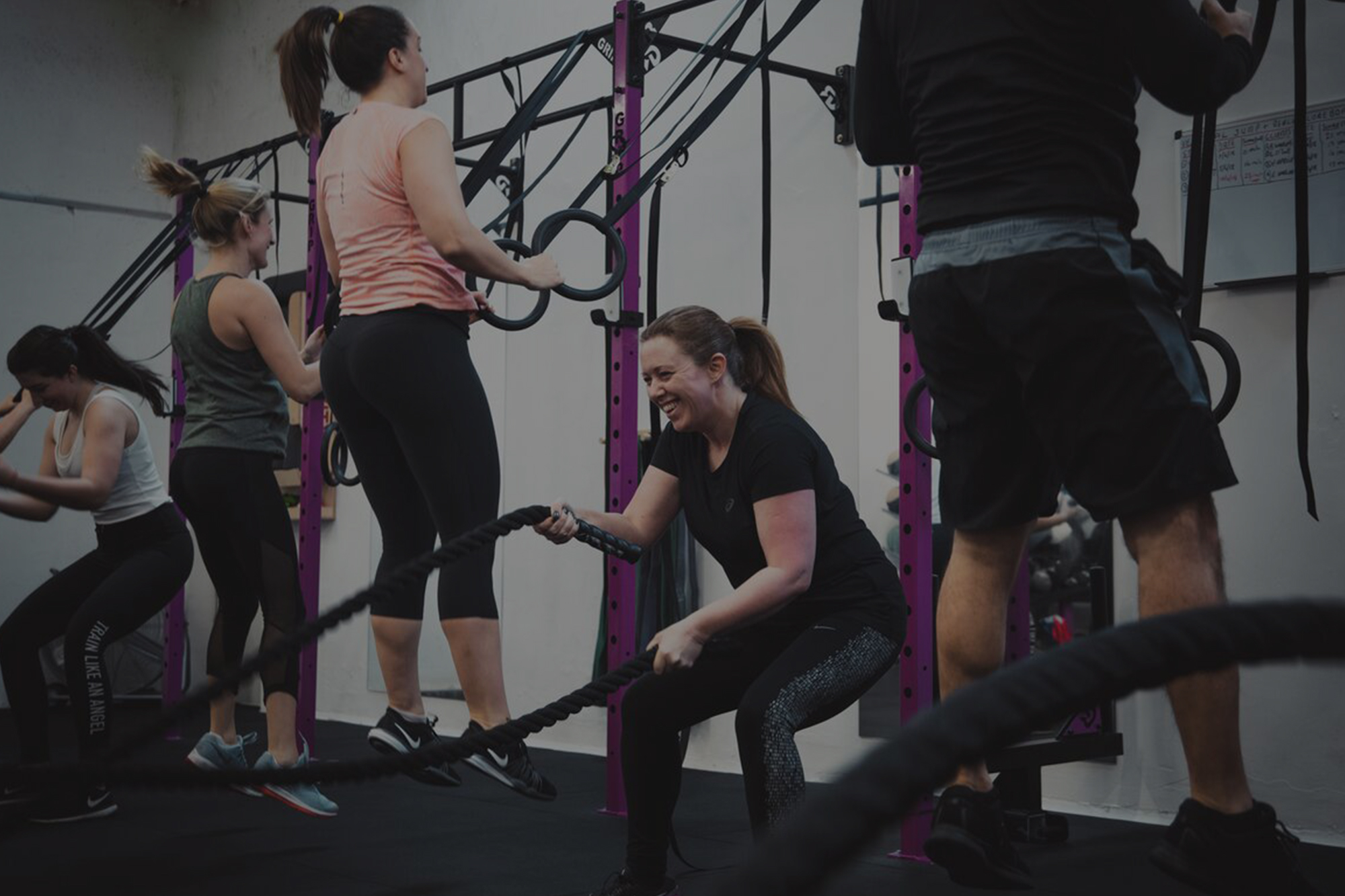
This week’s article comes from Claire Brady one of Gravity Fitness strength and conditioning coaches. Claire is currently doing a PHD in Strength and Power Diagnostics through the Irish Institute of Sport, Abbotstown.
Throughout the years, I’ve come across a variety of exercise “myths” that promise quick results and desired outcomes, requiring minimal effort. Very similar to “miracle diets”, exercise myths can prevent you from reaping the true benefits of your training programme, which we as trainers put in place for our clients. Here I’m going to go through a few of the most common myths and help debunk them, so that you can get through your daily routine feeling better, mentally, physically and even emotionally!
Myth #1: Strength training will make you bulky
Truth: Bulking up and putting on muscle mass is a pretty hard task, getting the nutritional end right is probably the toughest undertaking as you need to your body to be in a constant anabolic state (consuming more calories than you are expending – and they need to be the correct amounts of fats, carbohydrates and proteins too). This is harder again for females, due to the fact testosterone levels are so much lower than men. In fact, if weight loss is your goal, strength training can actually help lean you out (keeping nutrition in check too). Remember that muscles are metabolically active, meaning the more muscle mass you have, the more calories you will burn at rest…. #Science
Myth #2: You can focus on losing fat for certain body parts
Truth: Spot training is not a thing, while you can focus on toning specific muscles, fat loss in any area depends on total body exercise and a balanced diet that supports your weight management goals. Fat cells are distributed across your entire body, men holding excess fat primarily around their stomachs and women holding excess fat around their hips and buttocks. If you want to lose fat from a specific spot you need to lose overall body fat. High intensity interval training can work great for shifting those excess fat cells. Hence, at Gravity Fitness, most of our training sessions are completed at a high enough intensity that you often get at least a 30 minute hit of this type of training in your session and to be sure to be sure (!), we always throw in a session finisher to attack those stubborn fat cells. Note also that men and women are physiologically different, firstly in the way we carry fat but also how we metabolise it (break it down). Women are genetically engineered to carry more fat than men, to prepare their bodies to nourish and carry a growing baby, so women develop these precious fat reserves during puberty. So ladies, come to peace with your extra fat stores and take mindful steps to eating a wholesome healthy diet and going to the gym.
Myth #3: You can’t go too heavy or too light
Truth: If you lift more weight than your muscles can control, you can cause injury and overcompensate with poor form. So this is why your trainer at Gravity Fitness will always make sure you are lifting your weights with correct technique before you lift any heavier. Conversely, using weights that are too light may not challenge your muscles and induce any kind of change. This is why we tell some of you (no members in particular!) to pick up that heavier dumbbell or kettlebell.
Myth #4: Crunches are the best exercise for your abs
Truth: Crunches aren’t going to hurt your core strength but they are not the most efficient exercise you can do to strengthen your midsection. Other than getting out of bed in the morning, when else do you do the movement that replicates a sit up? Rarely. As humans we primarily use our core muscles when we are standing, therefore doing exercises such as planks or core exercises in an upright posture is more effective for your overall health and core strength.
Myth #5: You need to work out every day to get the best results
Truth: Most definitely NOT true, hallelujah I hear so many of you scream. Recovery is one of the most important elements of a training programme. When you train, you’re actually breaking down muscle fibres so that they can rebuild stronger. To do this, you need to give your body time to recover. Everyone should have at least one to two days of active recovery in their programme. This means doing something that doesn’t put any stress on your body, such as a gentle walk or stretching. Remember, Olympic champions build a rest day into their programmes so you’re definitely off the hook for that seven-days-a-week workout plan.
Myth #6: You can out-exercise a poor diet
Truth: No hope! No matter how much you exercise, you cannot compensate for poor nutrition. Even more so, many people overestimate the number of calories they burn in a workout and therefore consume a significantly higher amount. “Oh I went to the gym today so I can afford to treat myself to an ice-cream….” We’ve all been there, but really this is something you need to avoid! Remember, exercising takes up one hour of your day so when aiming for a goal of weight loss for example, you need to be accountable for your other 23 hours of the day. Your trainer can give you all the tools, it’s up to you to implement the healthy nutrition habits, as they are essential to achieving fitness goals.




